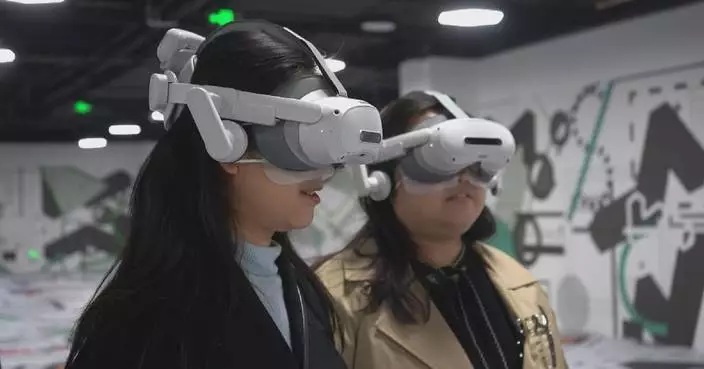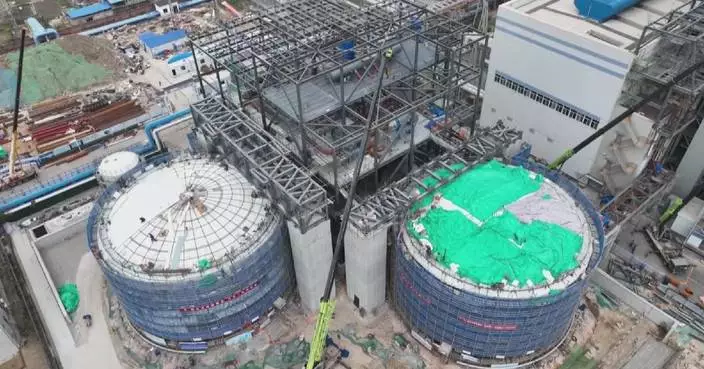Several Chinese departments including the National Development and Reform Commission recently issued a work plan for improving the statistical and accounting system for carbon emission, highlighting the establishment of a sound carbon footprint management system.
As an important concept in evaluating low carbon, carbon footprint is used to identify and evaluate the greenhouse gas emissions of products.
The work plan mentioned that national standards such as the general requirements for product carbon footprint quantification should be formulated and issued, and the application of green electricity certificates should be strengthened in the carbon footprint accounting system of key products.
The work plan also includes carrying out pilot projects for labeling and certification of product carbon footprint, and the establishment of internationally influential accounting, evaluation and certification agencies for product carbon footprint.
Relevant departments proposed goals that by 2025, the national and provincial carbon emissions annual reporting and bulletin systems will be established, a set of accounting standards of carbon emissions and product carbon footprint for industries and enterprises will be released and implemented, and the construction of a product carbon footprint management system will make positive progress.
China has announced that it will peak carbon dioxide emissions before 2030 and achieve carbon neutrality before 2060.

China to enhance statistical accounting system for carbon emission

China to enhance statistical accounting system for carbon emission
A rescue team from China's Hong Kong Special Administrative Region (HKSAR) arrived in Nay Pyi Taw, capital of Myanmar, on Sunday evening, and swiftly proceeded to the area hardest hit by a massive 7.7-magnitude earthquake to assist in search and rescue operations.
The 51-member team, after a brief rest at the Myanmar National Center for Disease Control (CDC) in Nay Pyi Taw, geared up for an overnight journey to Mandalay, the city closest to the quake's epicenter, to begin their crucial rescue efforts.
"I am part of the support team from the Hong Kong Hospital Authority (HA). This time, the HA has dispatched two doctors and two nurses to join the HKSAR rescue mission. We have prepared for possible emergencies, including bringing a large stock of medical supplies and equipment such as ventilators and blood pressure monitors," said Chiu Yuet Chung, one of the rescuers.
"As soon as we received news of such a severe disaster, we immediately began extensive preparations in Hong Kong. While the 'golden 72 hours ' are critical, we ensured that we could deploy as quickly as possible. This time, we were able to prepare and depart in a very short time," said Kong Ka-ho, a senior officer from Hong Kong's Fire Services Department.
Kong said the rescue team had prepared a wide range of equipment, including life-detecting radars, drones, 360-degree cameras, and demolition tools, to assist in the precise search and rescue of trapped individuals.
According to the Hong Kong SAR Government's Security Bureau, the 51-member rescue team comprises personnel from the Security Bureau, Fire Services Department, Immigration Department, and the Hospital Authority. The team also includes two fire search and rescue dogs.
The earthquake that struck Myanmar on Friday noon was the largest of the year so far and the strongest continental seismic activity globally in nearly a decade. At least 1,700 people died, 3,400 were injured, and 300 remained missing as of Sunday noon, according to the country's State Administration Council on Sunday.

China's HK rescue team rushes to Myanmar quake epicenter to search for survivors



















































